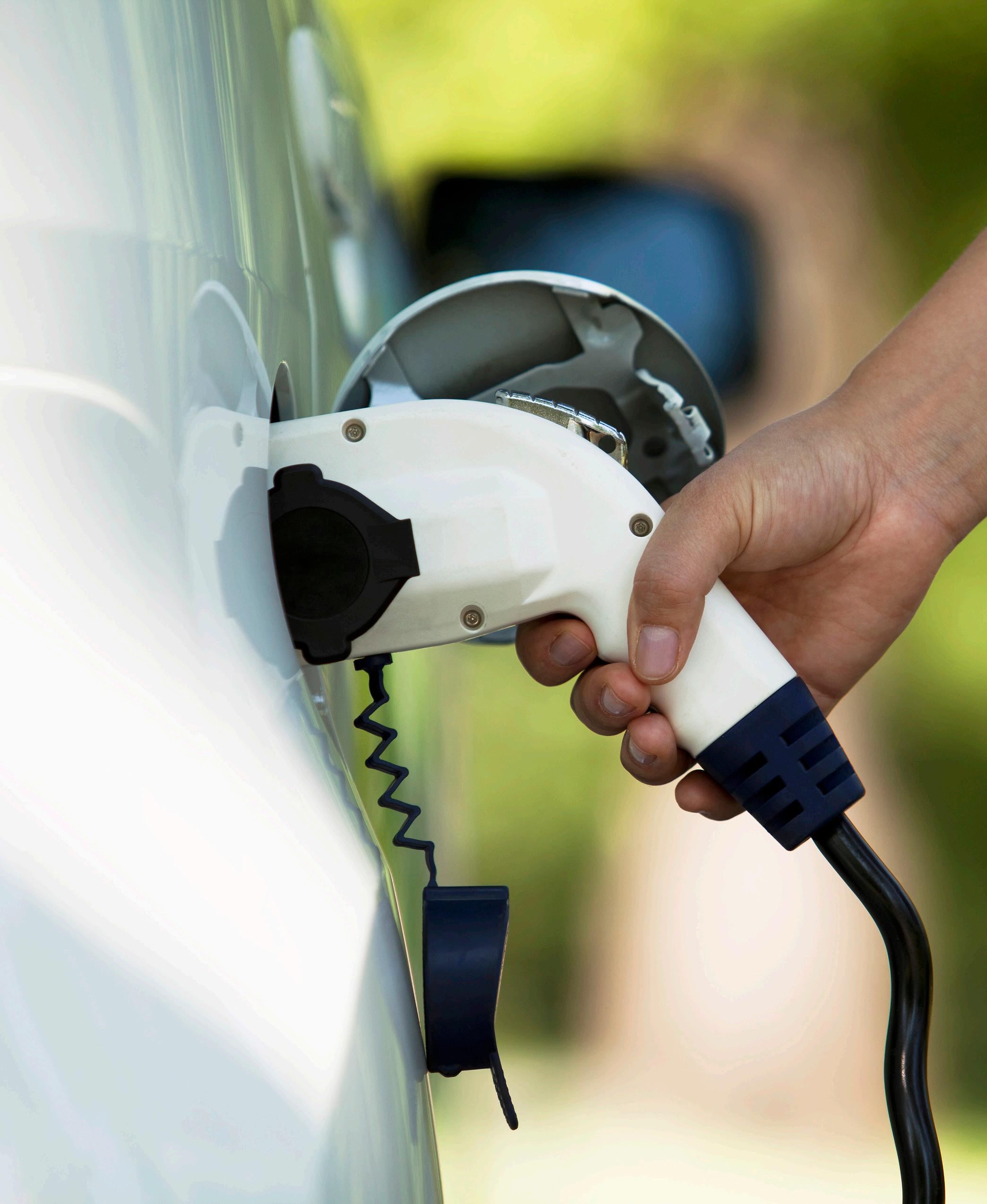
4 minute read
STEPS TO FOLLOW
A step-by-step guide to introducing EVs
First decide if replacing an ICE vehicle makes good operational sense
Advertisement
ost savings, environmental issues and company ethos are just some of the reasons why organisations have either introduced, or are looking to add electric vehicles (EVs) to their fleets.
When the right EVs are selected for the right roles, they have many beneficial effects. The first step towards adding EVs to your fleet is to identify which vehicles can be replaced by them. It is not cost-effective, or practical, to simply replace every internal combustion engine (ICE) vehicle – yet. Fleets with telematics will find it more straightforward to analyse the journeys of each driver to see if an EV would suit their needs. Otherwise, you’ll need to look at fuel card data or mileage logs to see where the opportunities are.
Once fleet decision-makers have identified opportunities where vehicles could be replaced with EVs, they should carry out a wholelife cost (WLC) analysis of the prospective vehicles against the petrol or diesel models that would be used in the role.
Generally, EVs carry a P11D price premium over their petrol or diesel counterparts, but, once purchased, fleets can make significant savings on fuel and service, maintenance and repair.
Many organisations are reconsidering their fleet policy structure to increase access to EVs across all grades. This could achieved through WLC modelling, but also allowing drivers to apply a personal use contribution to trade up to a vehicle outside their grade. While this may cost the driver more in contribution, the driver would save on benefit-inkind (BIK) 1 tax and the fleet would benefit from lower National Insurance Contributions (NIC).
Traditionally, residual value (RV) setters expected C
EVs to suffer heavy depreciation, but this has not been the case as used car buyers have become more confident about the reliability of the technology, with fears over areas such as battery degradation and lack of charge points proving unfounded.
The cost of installing necessary charge points should be considered, as should the availability of grants that are aimed at encouraging take-up of EVs. These include plug-in vehicle grants which provide up to £3,500 towards the cost of a new electric car and £8,000 towards the cost of a 100% electric van.
A Nissan LEAF is priced from £26,345 (on-the-road with the grant taken into account) and the e-NV200 van is available from £20,005 (on-the-road exc. VAT). The Workplace Charging Scheme (WCS) is a grant that businesses can use to reduce the cost of installing electric vehicle chargepoints for their staff by up to £10,000. The WCS grant is for £500 per chargepoint socket up to 20 sockets per applicant business.
However, even if EVs are found to be both viable and cost-effective alternatives to ICE models, there are some operational matters to consider.
These involve deciding when and where to charge, as well as whether the vehicle’s duty cycle should be changed, possibly through route optimisation, to get the best out of the new technology.
Winning driver buy-in is key to ensuring EVs are successfully integrated into a fleet. For car drivers, an effective way to do this is by highlighting the costsavings they can make through both BIK and any private fuel they pay for.
From April 2020, company car drivers choosing an electric car such as a Nissan LEAF or e-NV200 Combi will pay no BIK tax in the first tax year and only 1% BIK in the second – making them significantly cheaper than even the most efficient petrol and diesel cars.
Some organisations choose to introduce a limited number of EVs on a trial basis or as pool cars to help win driver acceptance.
Charging is an important aspect of EV ownership. With power rating, connector type, cabling requirements and vehicle specification to consider.
There are three main types of EV charging – rapid, fast and slow. These represent the power outputs, and, therefore, charging speeds available to charge an EV.
Dependent on the nature of their operations, some
fleets may need to consider installing rapid chargers which are more expensive than traditional fast chargers.
AC chargers with an output of 6.6kW are required for Nissan EVs. It is possible for drivers to plug LEAFs and e-NV200s into chargers with higher capacity, but they will still only draw at the same 6.6kW rate.
Rapid AC devices use a tethered Type 2 connector and Rapid DC chargers are fitted with a CCS, CHAdeMO or Tesla Type 2.
Fast chargers provide power from 7kW to 22kW and tend to use a tethered Type 1 or a Type 2 socket, which users can connect to the charging cable supplied with their vehicle. Slow chargers connect via a three-pin domestic socket and are best used for overnight charging as it can take between six and 12 hours to charge an EV.
The time it takes to recharge an electric car depends on both the charger being used and the charging capacity of the vehicle.
The Nissan LEAF and the e-NV200 are fItted with an AC 6.6kW on-board charger and have 50kW DC ‘rapid’ charge capability. This means it will take around 7.5 hours to fully charge on a fast charger and around one hour to reach 80% capacity from 20% existing charge on a rapid charger.










